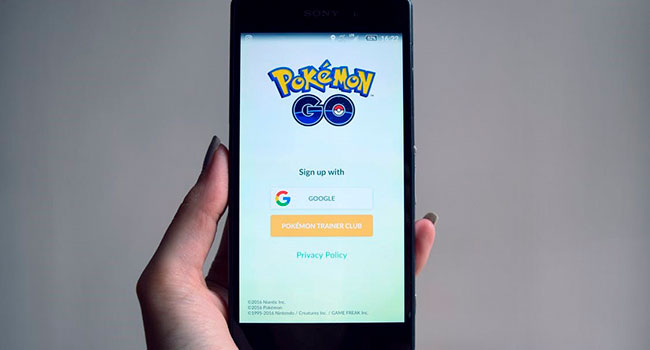Today it seems hard to think back to a time when the mobile phone wasn’t a part of most people’s lives. What is even more astonishing is the way in which this piece of technology, originally designed for communication alone, has expanded in the ways that it is used. For example, the increasing sophistication of smartphone cameras has seen the sales of digital cameras fall off a cliff in the last few years – from 121 million units in 2011 to just 15 million in 2019.
But perhaps the biggest explosion of all has seen the emergence of mobile gaming which has rapidly overtaken the console and PC alternatives to generate an estimated 60% of all revenue in 2019 – a total of $49 billion. As to the number of people worldwide actively engaged in playing mobile games, this is thought to be over 1.36 billion. By 2024, this number is estimated to rise to around 1.7 billion. So, as you can see, mobile gaming is big business.
There has also been a shift in the demographics of gamers with many more women and other groups not traditionally considered to enjoy the activity starting to play thanks to the prevalence of so-called “hyper casual” games.
So, it’s easy to see that this has all represented a seismic shift for the game industry that has affected it in countless ways – as well as necessitating the creation of a whole new business model in order to ensure financial success.
The changing nature of the games
Whereas the traditional console and PC gaming world has always relied on producing paid-for games, and thus generating revenue in this way, the nature of smartphone games is different.
It’s obvious that a game designed to be played on a phone is always going to be simpler and less involved than one that can be played with a multi-function controller and seen on a big screen. This means that it is hard to justify a price point that’s anywhere near the cost of a console or PC game. Indeed, most players of mobile games wouldn’t expect to pay for them at all. This attitude to getting games for free is further strengthened by the fact that the vast majority of smartphone apps are also free to download.
This has led to a plethora of games becoming available on the smartphones that are simple, but very involving too. And it’s not just traditional video games either – many online casinos have also found that many of their games translate perfectly to the smaller screen. A prime example is online blackjack, the simple card game in which the objective is to get nearer to scoring 21 than the dealer makes a perfect transition into one that can be played on a smartphone.
Other games that have proven to be perfect for playing on phones, and which has been reflected in the billion+ numbers of players worldwide include Candy Crush Saga, Subway Surfers and Despicable Me: Minion Rush.
But, arguably, the game which has best encapsulated just how much potential smartphones offer has been the phenomenally successful Pokémon Go. As soon as it was launched back in July 2016 its ingenious use of AR made it an overnight sensation that no other game has yet managed to equal.
The democratizing of game design
The emergence of the smartphone as a gaming device didn’t just transform the nature of games being designed, it has changed the whole landscape for designers. Whereas, before, games were created by huge teams and backed by companies who could afford high development costs, now this is a different story. Yes, there are still big budget games like Red Dead Redemption 2 which involved a workforce of hundreds and years of development time, but mobile games have opened up the possibility of small teams, or even individuals, creating a game.
The fact that they can then make the game available for free download in any of the major app stores also takes care of the potentially tricky issue of distribution. And, because social media is inextricably linked with mobile gaming, word about any particularly good or innovative game that appears can spread fast.
The downside of this, for the games developers, is that there is huge competition for potential players’ attention. On the Google Play Store alone, by the end of 2019 there were over 346,000 mobile gaming apps available. Even with the huge numbers playing mobile games, this still means that only the strongest and best will survive.
A question of income
The other big issue facing the developers of mobile games today is how to monetize their games. As players are reluctant to actually hand over money for the game itself, other methods have had to be found.
Route one – and a technique already pioneered by many apps – has been to include ads in the games themselves. This has proved to be a reasonably successful technique and has led to offering an alternative in which players can choose to pay a small amount for an ad-free experience.
While this undoubtedly does raise revenue, a far more effective method has been to introduce in-game purchases of anything from more lives in a game to virtual currency to spend while playing it. Research by the management and accountancy firm Deloitte found that the average player spends around $50 a year on these enhancements to their games. Among the key demographic of 25 to 34-year olds this rises to $154 a year.
But many observers have advised that there is a fine line to be trodden when it comes to the use of in-app purchases as the chances are that the games that use them too extensively will be abandoned by players.
That said, for the games that get the balance right, the future looks assured. And, with an ever-growing number of smartphones in the world, we can expect the whole industry to reach ever greater heights of popularity and success in the future.
This content is a joint venture between our publication and our partner. We do not endorse any product or service in the article.


